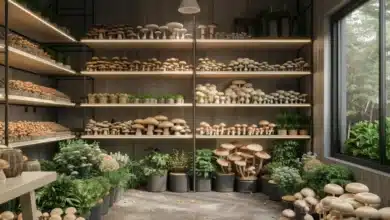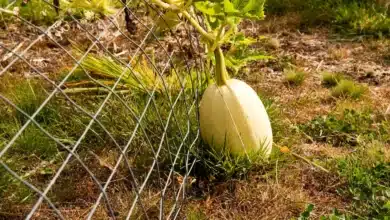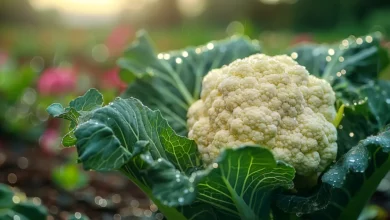Vegetable Gardening for Autumn
Vegetable Gardening for Autumn: How to Prepare your Garden for a Bountiful Harvest
Many gardeners shift their attention from summer planting to fall planting as the heat of summer begins to fade and the crispness in the air of autumn. Fall vegetable gardening can be a rewarding hobby, as it allows you to grow many nutritious vegetables that do well in cooler temperatures. Before you begin planting, it is important to prepare the garden beds and select the appropriate vegetables for the season. This comprehensive guide will explore how to prepare your garden for fall planting and what to plant. It also includes tips on creating the best possible environment for your fall crops.
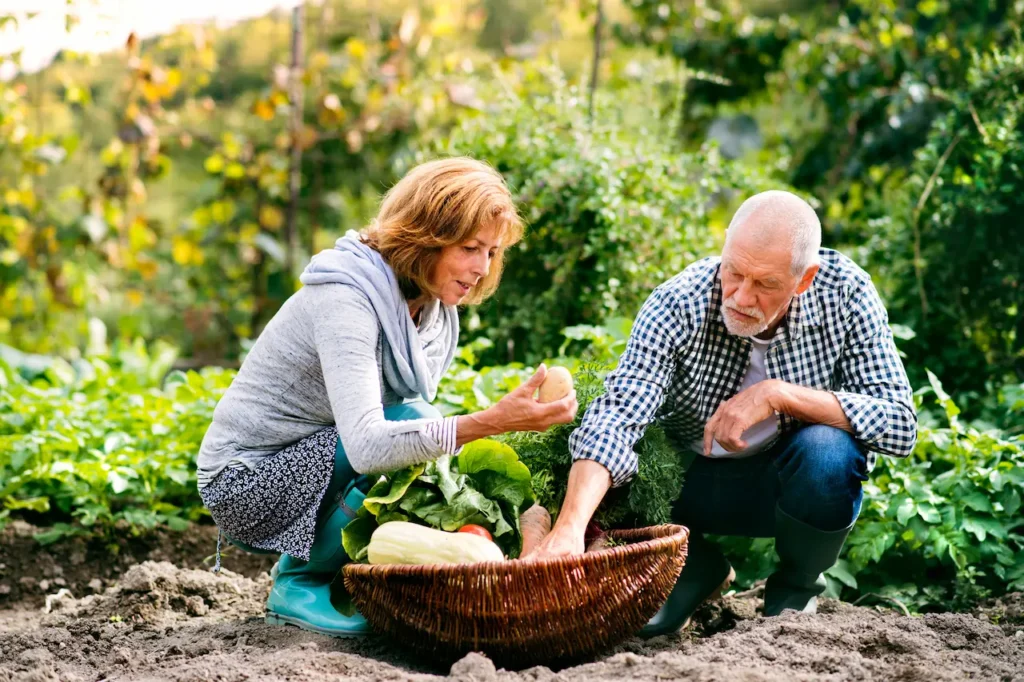
Get Your Garden Ready for Fall Planting
Prepare your garden and soil before you start planting seeds or transplanting fall vegetables. Fall gardening is about creating a fertile, healthy environment that will allow your plants to flourish. Here are some essential steps you can take to prepare your garden for fall planting.
- Conduct a Soil Test
Assessing the soil condition is the first step to preparing your garden. You can determine the pH range of your soil by performing a simple soil test. The pH of the soil should be in a range between 6.0-7.0 for most fall crops. Add some lime if your soil pH is lower than 6.0. Apply 1 pound lime per 100 square feet for every 0.5 pH below recommended. Hydrated Lime is a great way to quickly raise soil pH and ensure that your vegetables are able to absorb nutrients better.
2. Remove dead plants and debris
Remove any summer plants, like tomatoes, peppers or zucchini, that are no longer producing. Many of these plants can be composted. However, those that show signs of pest or disease should be disposed of to avoid future infestations. It is important to remove dead plant material from your garden. This can serve as a breeding ground of harmful insects and disease.
3. Add Compost and Fertilizer
A healthy soil is essential for a successful autumn garden. Add 1-2 inches of rich, organic compost into your garden beds. To improve the structure and fertility of the soil, rototill the compost or dig it in. Compost improves drainage and enriches soil with nutrients, allowing your plants to develop strong roots.
You can also add nutrients to the soil by using a well-aged organic manure or a balanced organic fertiliser. Use materials such as worm castings or cottonseed meal for best results. Calcium is especially important for vegetables, like tomatoes and peppers.
4. Address Weed Control
Fall is not an exception. Weeds are a nuisance to any garden. Be careful not to spread seeds when removing any weeds. Use mulch (such as straw, grass clippings, or leaves) or **weed barriers** during cooler months to prevent new weeds. It is important to control weeds in the fall in order to prevent seeds from overwintering and causing issues in the spring.
5. Cover Unused Garden Spaces
Protecting the soil during the winter is a great idea if you have areas of your garden which won’t get planted until the spring. This can be done by covering the area in straw or black plastic or planting cover crops such as clover and ryegrass. Cover crops can be a good way to protect soil, reduce erosion and add nitrogen once they are turned under in spring.
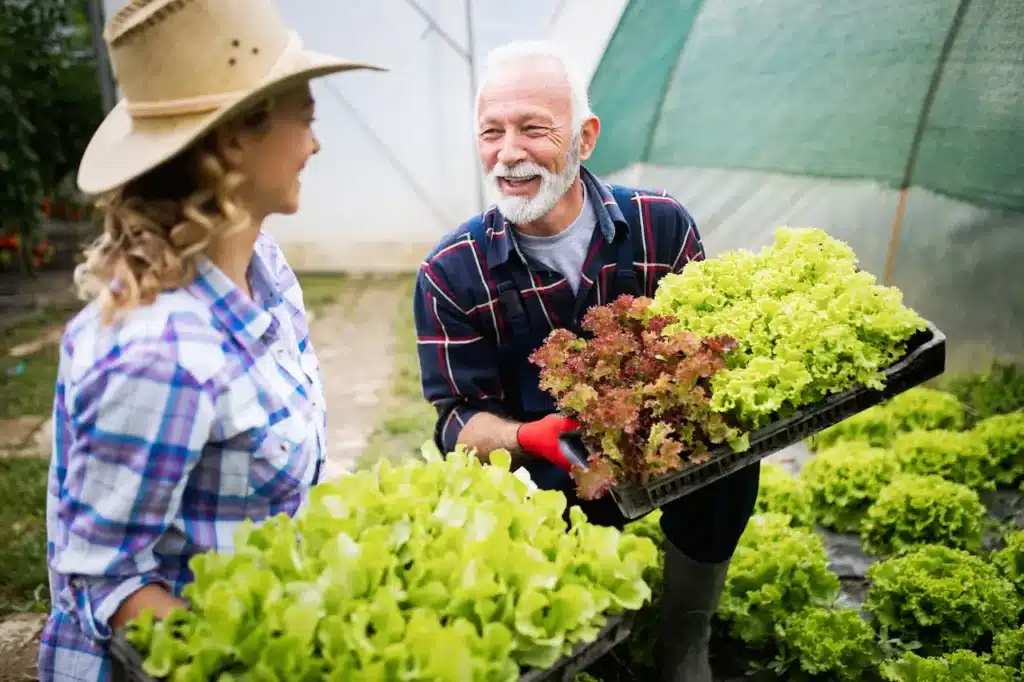
What to plant in your Fall Garden?
It’s time for you to start thinking about what you want to plant. With the right vegetables, fall gardening can be very productive. Some plants thrive in cooler weather, and some can tolerate light frost. This makes them ideal for fall planting. Here are some vegetables that will do well in the fall:
1. Broccoli and Brussels sprouts
These fall classics love cooler temperatures, and they can even withstand a slight frost. Brussels sprouts and broccoli are both hardy vegetables that can be harvested well into fall. Cauliflower, which is more susceptible to extreme temperatures, can also grow well in fall months if planted early.
- Broccoli usually matures between 70 and 100 days.
- Cauliflower takes 55-85 days to grow, depending on its variety.
- Brussels Sprouts mature in 90-100days and continue to produce even after the first frost.
2. Leafy greens: Spinach Lettuce Kale and Collards
Spinach, kal and lettuce are nutrient-rich greens that grow well in cooler weather. Plant them in the late summer or early autumn. Many varieties are frost resistant, so you can harvest well into winter.
Spinach is a fast growing plant that can be harvested in the fall or winter, particularly if it’s covered with fabric or row cover.
Kale can survive frost, snow and other extreme weather conditions. Its flavor is enhanced by a light frost. This makes it perfect for gardening in the late season.
Lettuce, particularly varieties such as butterhead and romaine which mature quickly can be harvested several times during the fall.
Collards are a hearty, strong flavor that is well-suited to harvesting in the fall and winter.
3. Peas and Beans
Fall varieties of beans and peas can flourish in cooler temperatures. Many varieties of peas can be harvested in the fall before the first frost. Beans such as bush bean and pole bean also do well during the cooler months. They can be harvested quickly, usually within 50-60 day.
4. Beets and Carrots
In the fall, root vegetables such as beets or carrots** thrive. These crops are ideal for gardeners looking to harvest a large harvest that can be used in soups or stews.
The greens of the beet can be eaten before the roots are fully mature.
Carrots can also grow in cooler temperatures. They can be harvested late in the fall, or they can remain in the ground to be harvested when needed during the winter.
5. Garlic and Shallots
Garlic and *shallots** should be planted in the autumn, between **September and mid-October**. The crops will need to be planted in the fall and overwinter. By late spring or early Summer, the bulbs will have grown. Growing garlic in the fall will ensure you have fresh, locally-grown garlic.
6. Potatoes
Although they are typically planted in spring, early varieties of potatoes can be planted in fall. Use the space left after your peppers and other summer vegetables have died back due to the first frost. Plant potatoes. You’ll reap the rewards of fresh potatoes in early spring. Cover the row of potatoes with a thick, layered layer of straw. This will help the soil break down over the winter.
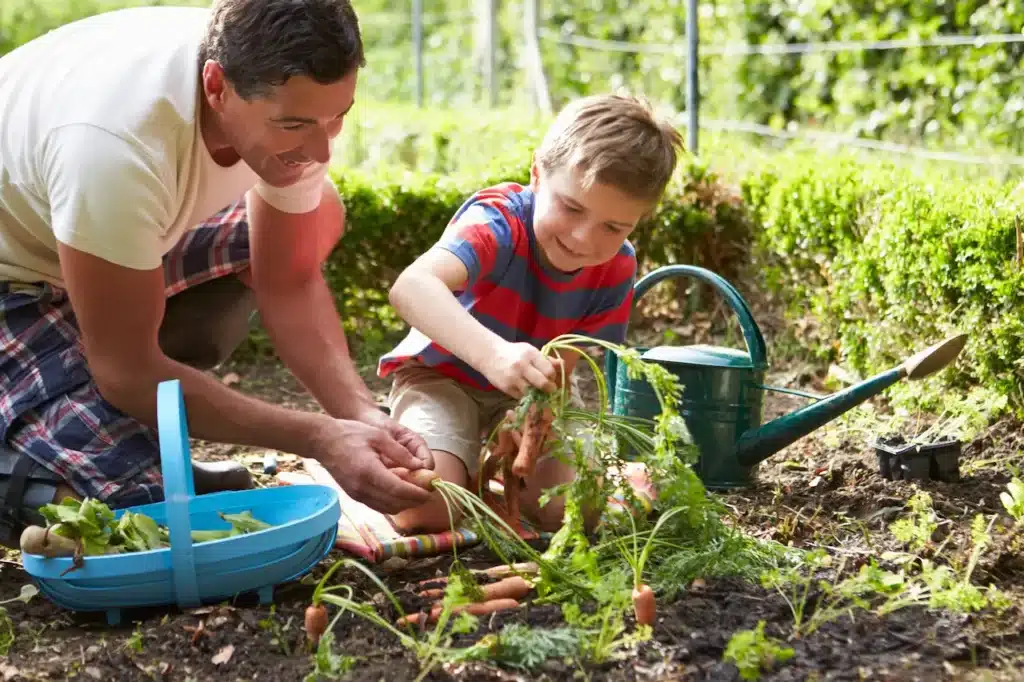
Growing tips for fall vegetables
1. Plan early for Frost Tolerance
Planting them earlier is important to ensure they have time to establish before the first frost. Plant according to the average dates of frost in your area. Plan ahead. Many fall vegetables like broccoli and cauliflower require several months to mature.
2. Use row covers or cloches
Use row covers or cloches for extra protection against frost, especially in areas with harsh winters. Row covers made of lightweight fabric help to maintain humidity and warmth while allowing sunlight and rainfall to reach plants.
3. Mulch as Insulation
Mulching is important for healthy soil in the fall and winter. Mulch the soil with straw or leaves to prevent moisture loss, insulate it, and keep weeds away. Mulch regulates soil temperature and keeps it warm for roots during cold snaps.
Conclusion – Enjoy a bountiful harvest
It is a rewarding and enjoyable experience to grow vegetables in the fall. You can enjoy homegrown vegetables well into the winter months with the right planning, preparation and care. Fall is a great time to grow a variety of crops. From root vegetables like carrots and beets to hardy greens such as kale, spinach and chard. Follow these tips to create a fall garden that will not only provide nourishment for the fall and winter, but also set the stage for an abundant spring.
Enjoy your garden and a bountiful harvest this fall!

